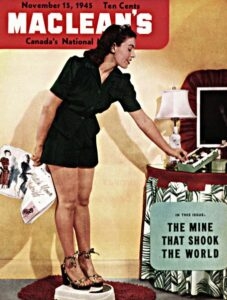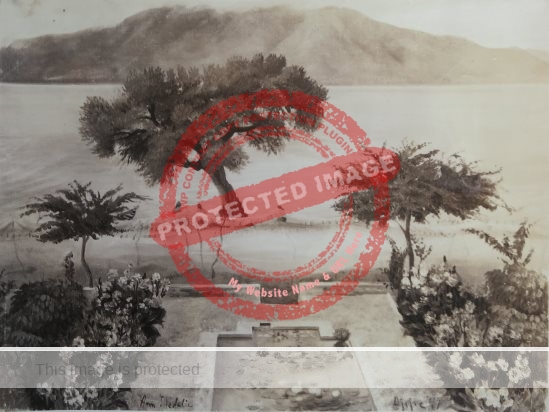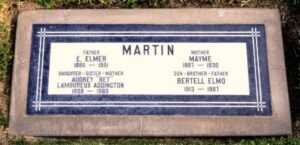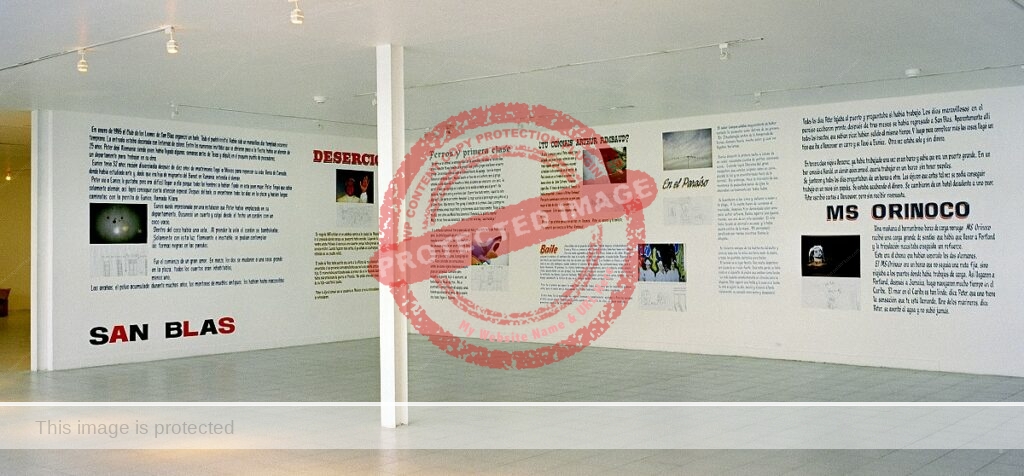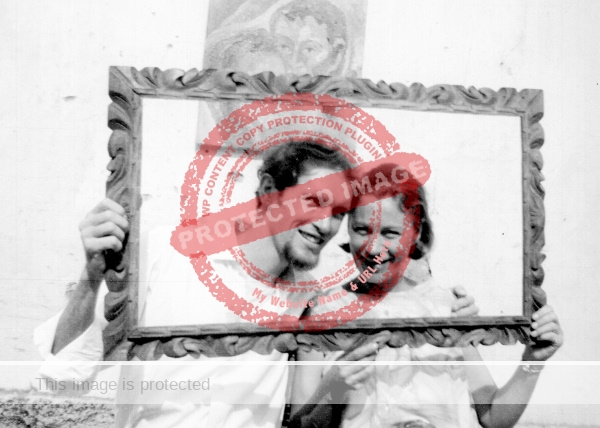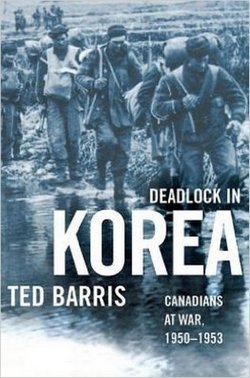We looked in a previous post at the life and work of multi-talented German artist Paul “Pablo” Huf who spent his early childhood in Ajijic. Huf, born in Guadalajara in October 1967, is the elder son of two professional artists closely associated with Ajijic – Peter Paul Huf and Eunice Hunt. The family lived in Ajijic until Paul was six years old, at which point they moved to Europe, where they lived for a couple of years in southern Spain before eventually settling in Kaufbeuren in Bavaria, Germany.
After working as a car mechanic, social worker and educator, Paul Huf switched to art in his thirties and studied in Munich and Spain. After finding a box of his parents’ photos and mementos of Mexico while visiting them in Kaufbeuren, Paul Huf decided to research their courtship and revisit their old haunts. He returned to Mexico at age 40, for the first time since he had left as a child, and spent three months traveling to places where his parents had been more than forty years earlier, including San Blas, Ajijic, Zihuatanejo, Oaxaca and Veracruz.
The story of his parent’s romance is the basis for Huf’s fascinating contribution (“40 Años”/”40 Years”) to a group exhibition of work by German artists entitled Vistazo, La transformación de lo cotidiano, (“Glance, The transformation of everyday life“) held at the Museo Carrillo Gil in Mexico City from 15 March to 10 July 2007. During his travels, Huf wrote ten short texts that became the thread linking photographs and drawings recounting his parents’ love story. Here, for the very first time in English, are the ten short texts that Huf wrote for the exhibition.
1. San Blas
In January 1965 the Lions Club of San Blas organized a dance. Everyone attended. It had been a wonderful warm day, it grew dark early. The entrance was decorated with colored lanterns. Among the many guests who made their way to the party was a 25-year-old German.
Peter, who left Germany as a young man, had arrived a few weeks before from Texas and rented an apartment in the small fishing village to work on his art.
Eunice was 32, recently divorced after ten years of marriage. She had traveled to Mexico to rethink her life. She came from Canada, where she had studied art. Since she was the daughter of migrants from Banat, in Romania, she understood German.
Peter saw Eunice, and immediately liked her, but it was difficult to reach her because all the other men had also noticed this young woman. Peter pretended to know only German, so he managed to get some special attention. After the dance, they met every day in the square and took long walks with Eunice’s dog, Klara.
Eunice was impressed by an installation Peter had set up in his apartment. He darkened a room and hung a cord with an empty coconut from the ceiling. Inside the coconut was a candle. When the candle was lit, the cord swayed. Only with this flickering and unstable light could the black shapes be seen on the walls.
It was the beginning of a great love. In March, the couple moved to a large house on the square, where all rooms, except one, were uninhabitable due to spiders, dust accumulated over many years and piles of antique furniture.

Part of Paul Huf’s 2007 exhibit in Mexico City. Credit: Paul Huf.
2. Desertion
In May of 1965 they were on a bus on their way to Mexico City; Peter had to go to the German consulate because his passport had expired. On arrival, they told him that his name was on a list of deserters, because he had ignored his call to military service. By the time more call-up letters arrived, he was already abroad. Nothing had kept him in his hometown.
Peter’s father had written a letter to the recruiting office, informing the relevant people that he was unable to communicate with his son. He himself had participated from the first day of World War II and had been a prisoner of war in France. He could not understand then, wrote his father, the behavior of his son.
Peter told the consul that he would stay in Mexico if they did not renew his passport. They renewed it.
3. Dogs and first class
A dog is an animal and animals travel with peasants and Indians in third class, thought the inspector. I am the inspector of the first class and these strange gringos have a dog with them. Animals should travel in the luggage compartment, but by no means in first class! You have to get him out, he has no right to be here, but the stupid gringo, overbearing, shows me a ticket, telling me that they have bought one for the dog! Who, what asshole, at the station, sold them a ticket for the dog?! A train ticket for dogs in first class! The dog even has a name, who has seen something like that?! A dog with a female name! The woman repeatedly caresses the black dog and calls him Klara. What nonsense! But I am the inspector of the first class and with me animals do not travel, even if they have a ticket, let alone when they have a name! Now, the guy tells me, to make matters worse, that Mexico is a democracy! Democracy, who cares? Mexico may be a democracy, but there is no democracy on this train; here I am in charge!
Halfway there, the train gradually slowed, until finally it stopped. The compartment door opened, the inspector stood in front of the couple, accompanied by two soldiers armed with machine guns readied for use. Accompanied by the soldiers, the inspector, and the machine guns, the pair got off the train. Klara was on a leash, as it should be. The other travelers watched the small group with curiosity. They walked on granite ballast under the hot sun until they reached the end of the train. They reached the luggage compartment, where they had to tie up the dog. They did not untie it until they reached Oaxaca.
4. Do You Know Arthur Rimbaud?
“I know him,” thought Peter, “that narrow guy, with his long hair hanging in his face, his tight, striped suit!” Then it occurred to him that they had often seen each other in Paris in the discos where they sat, listened to the latest discs of John Coltrane, and smoked cigarettes. Over the music the Frenchman had asked him: “Do you know Arthur Rimbaud?”. But when he wanted to answer, a woman had come up to them and interrupted the conversation. That had been a few years ago.
Now here was the guy standing in a bar in Oaxaca. Peter went up to him and said, “Of course I know Arthur Rimbaud!”
5. Dance
Jean was with a group of friends, mostly American women. Eunice and Peter joined them for cocktails, the atmosphere was good-humored. It was a pleasant night in Oaxaca, the flowers had a sweet smell. Afterwards they wanted to go dancing and the bartender directed them to a small street around the corner. They searched for a while until they found a house with a neon sign that said Love. The men there had opted to sit idly in a ragged room. When the volume of music rose, the Americans began to dance freely. At first, the regulars were surprised, but the atmosphere became hot as everyone wanted to dance with a gringa! The men were then offended when any of the women refused an invitation to dance, while the others continued dancing. More and more men rushed to join the dance, for the news quickly spread that there was a lively party in the former brothel.
Peter was the first to catch on, bringing chairs from all sides so that the women could sit, but as soon as a chair was vacated, the regular customers took it immediately.
It became late. By dawn, the women were completely exhausted and Peter accompanied them to the hotel. One by one they said goodbye. When only four of them remained, they clapped hands and promised to return the following night.
6. In Paradise
Mr. Campos was very happy to have rented the small house behind his barn. In Zihuatanejo, before the rainy season, it was always very hot, so very few tourists came.
Eunice woke up the first night because of a noise: she could hear hundreds of little feet walking nearby. When she got rid of the big mosquito net hanging over her bed, she turned on the light and found nothing unusual. However, she had the impression that lots of small pairs of eyes were watching her curiously from all sides.
They got up at five and went to the beach for a swim. On the way back they went shopping in the market. Afterwards, it was too hot to be outside. Eunice grabbed a tame iguana, which belonged to a fisherman’s child. The boy had taken the animal home and put it on the table. There it stood, paralyzed, for hours, while Eunice drew him.
They became friends of the inhabitants of the town and, as their house was the only one with a stone floor, they all liked to visit them to dance. Paradise is a beautiful place. One night they awoke because of a loud noise. A fat rat had fallen into the stone tank they used as a sink. The rat was swimming continuously in circles so as not to drown. Peter grabbed a towel and put it in the sink. The rat grabbed it, climbed up, quickly reached the edge, shook himself like a dog, and disappeared.
7. MS Orinoco
Every day Peter would go down to the port and ask if there was work. The wonderful days in paradise soon ended, and after three months he had returned to San Blas. Apparently, all the insects there who knew how to sting had come out at the same time. And then to complicate matters further, a guy arrived who went to Vancouver by car, taking Eunice with him. He was alone again, and without money.
He traveled to Veracruz in third class. He had once worked on a ship and knew that it was a large port. In a bar he met Harald, a German who, like him, had no documents but wanted to work on a ship. They got together and asked every day from boat to boat. They were told that, perhaps, once they could have worked on a ship without papers, but not now. Their money was running out. They moved from a decadent hotel to a worse one. Peter wrote letters to Vancouver, but received no reply.
One morning the rusty Norwegian cargo ship MS Orinoco received a large load of watermelons, which had to be taken to Portland and the crew needed immediate reinforcement. This was the chance the two Germans had been waiting for. The MS Orinoco was a ship that did not follow a fixed route but traveled to whichever ports had goods to be loaded. So they reached Portland, then Jamaica, then sailed for a long time in the Caribbean. The sea in the Caribbean is so lovely, says Peter, that one feels it is calling you. One of the sailors, Peter says, threw himself into the water and never came back up.
8. Toothache
The MS Orinoco had left the Caribbean and gone to Newfoundland; From there it carried dry fish to Jacksonville, Florida. Peter wrote letters to Vancouver. At every port the packager brought mail for the crew, but there was never anything for Peter. In Jacksonville, he began to have toothache: one of his fillings had fallen out and he had pus. It felt like the foreman of the ship was pounding his nerve with a giant hammer. On the way to Pensacola, Florida, the pain grew worse.
Before reaching New Orleans, in the Gulf of Mexico, the captain realized that they were facing a hurricane. The ship could not dodge it because it was too old and slow, so the MS Orinoco continued on its way into the storm. Hurricane Betsy broke on the rusty boat, struck it hard, shook it, destroyed the antennas and radar, and flooded the bridge. The ship and its crew fought for ten hours; miraculously they did not sink.
When they entered the port of Pensacola, Florida, Peter remembered he had toothache. The dentist in the harbor said to him: This molar looks horrible, the pain must have been awful. Peter replied: Yes, it was excruciating!
9. American Express
The rusty MS Orinoco had defied the hurricane but was heavily damaged. Another cargo was delivered in the Caribbean, then the ship crossed the Atlantic and arrived in Rotterdam. Here the crew was laid off and the Orinoco sent to the dry dock for a general overhaul.
Harald and Peter took their wages and went up to Amsterdam. They settled in a cheap hotel on the Damrak, shaved and showered, and went to the city to get their bearings.
When they crossed the Rembrandsplein, they passed an American Express office. Peter paused and said, “Wait a moment, Harald, I’ll just take one last look to see if any letter has arrived.”
Harald replied, “There’s nothing for you, you can forget that.”
But there was a letter: Eunice had written to him saying she had booked a flight to Amsterdam.
10. Return
In January 1967 Eunice and Peter boarded a cargo ship in Rotterdam bound for Veracruz. The cargo ship had five cabins for the numerous passengers, but they were the only guests on board.
Eunice had received all his letters and loved them. She had answered them but, because she always enclosed a few dollars in the envelopes, her replies had been lost along the way.
The ship left the great port. The couple looked back, toward Europe, which seemed smaller and smaller, as they hugged each other. After fifteen days of travel on the high seas, calm as a mirror, they were back in Mexico.

Eunice and Peter Huf, ca 1967. Photo courtesy of Eunice and Peter Huf.
Note:
- Sincere thanks to Paul Huf for granting his permission to reproduce the photo and texts of his exhibition in this post, and to Eunice and Peter Huf for permission to reproduce their photograph. All translations by Tony Burton.
Sombrero Books welcomes comments, corrections or additional material related to any of the writers and artists featured in our series of mini-bios. Please email us or use the comments feature at the bottom of individual posts.

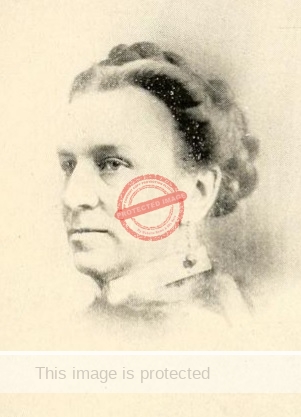
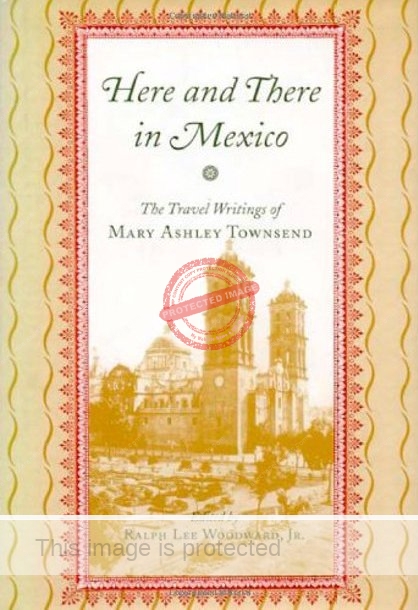 In “Lake Chapala,” Mary Ashley Townsend, looking across the waters of the lake from her stately residence, Villa Montecarlo, indulged her imagination and poetic talents.
In “Lake Chapala,” Mary Ashley Townsend, looking across the waters of the lake from her stately residence, Villa Montecarlo, indulged her imagination and poetic talents.